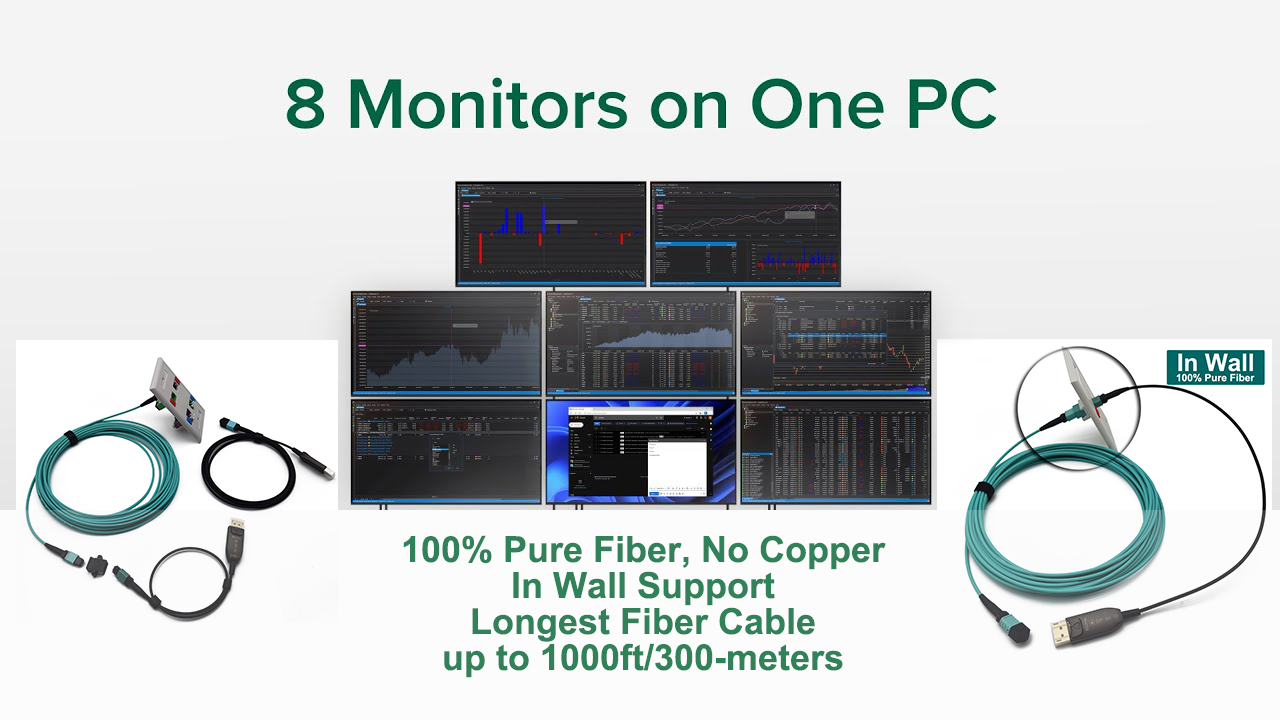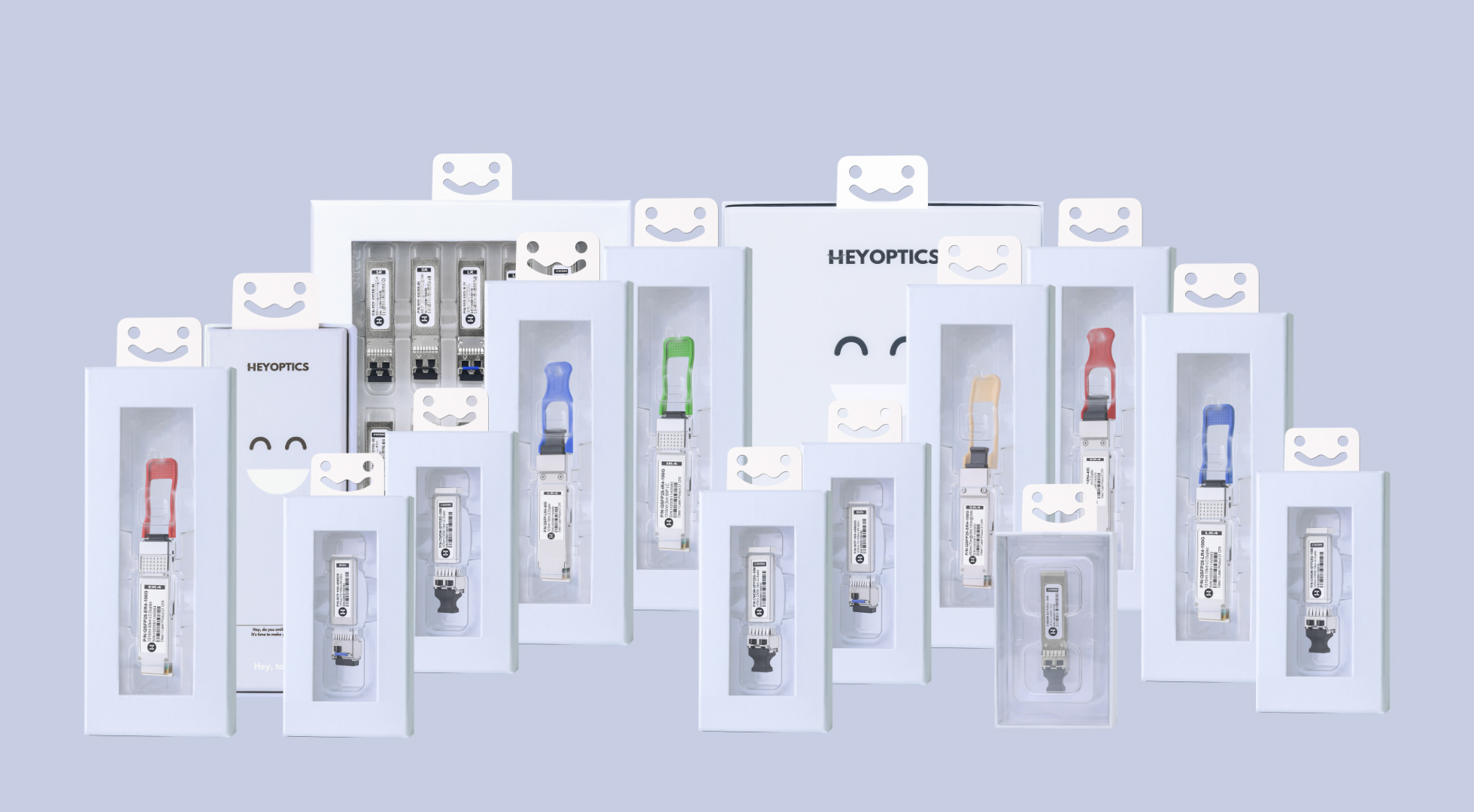DVI vs. HDMI: What the Difference?
DVI and HDMI are two cables that are used to connect your pc to a monitor or a TV. While DVI connectors can only transmit video, HDMI connectors transmit both audio and video. In terms of picture quality, DVI and HDMI use the same encoding scheme for digital video signals and offer the same image quality. The connectors are typically used to transmit video from a source (like a computer or game console) to a display device (such as a monitor or TV). However, DVI does not support HDCP encryption by default, so may be unable to play full HD Blu-ray or other HD content.
In this article, we will be looking at the differences between HDMI and DVI cable and their technical aspects. Read on to find out more.
DVI and HDMI
Both cable types use the CEA-861 standard, meaning signals carried by HDMI are compatible with DVI. This means an adapter can be used to convert an HDMI connection into a DVI, or vice versa, without the loss of signal or quality.
What is DVI?
Digital Visual Interface, or DVI, is a slightly older technology, first appearing in 1999. It was regarded as one of the first cable types to try and create a video standard across the industry, and as such is available is a number of formats, including one that supports the now obsolete VGA connection. However, unlike HDMI, DVI only delivers video signal and does not support audio, so its use usually requires external speakers.
What is HDMI?
HDMI(High Definition Media Interface) is the standard currently. It can transmit audio signals as well. It is capable of handling most resolutions. HDMI is the choice to connect your pc into the tv. HDMI 1.4 can display 4K at 30Hz while HDMI 2.1 and above can display 8K at 60Hz. Also, it is backward compatible with DVI. There are also HDMI cables with ethernet support as well. For example this 8K fiber HDMI 2.1 cable MPO up to 1000ft.
DVI and HDMI: Comparison
| Features | DVI | HDMI |
| Audio | No | Yes |
| Maximum Channels | 6 for dual link | 4 |
| Data Speed | 9.9 Gbps | 48Gbps |
| Max Resolution | 2560*1600 for dual link | 8K@60Hz, 4K@120Hz |
| Analog/Digital combination | Yes | No |
Differences between DVI VS HDMI Cables
Layout
The most obvious difference between DVI and HDMI ports is their appearance. HDMI is a much smaller connection, more like an oversized USB than anything else, while DVI is larger and significantly more complex.
Usage
DVI is widely used in Desktop computers and older LCD displays. HDMI is seen in all the latest HDTVs, Apple TV, Gaming Consoles, and much more. It is more prevalent than DVI nowadays.
Capabilities
DVI can handle 1080p resolution and even 2560*1600 on dual-link connectors. However, it cannot support HDCP encryption and therefore will be unable to handle Blue Ray content.
HDMI is able to stream audio and video together and supports 8K resolution at 60Hz. Additionally, it offers support for 8 channel audio and HDCP encryption and therefore is a much better choice than DVI for gaming and entertainment purposes.
Quality & refresh rates
Given that 4K has become a familiar resolution in many offices, the differences between the cables have become more obvious. With HDMI 2.1, support was added for 60Hz (which roughly corresponds to 60 frames per second) at 8K resolutions, whereas this was limited to just 24Hz on previous versions. It also benefits from HDR, a technology that is becoming increasingly available on top-end devices, which essentially allows a greater range of detail across varying light qualities.
Another difference is that HDMI supports HDCP copy protection as standard, whereas DVI doesn't. This is a system that prevents HD content such as BluRay videos from being played on unauthorised devices.
DVI vs HDMI: FAQs
Is DVI Better Than HDMI?
Overall, HDMI comes out on top in every category when compared to DVI. HDMI is a modern connection that is widely available. It also has higher refresh rates, transfer rates, and supports higher resolutions. HDMI also supports a wide variety of audio signals to include DTS HD and Dolby HD. You get all of this for basically the same price or less than DVI. If you have an older system that can support your needs with DVI, then there is no need to upgrade to HDMI. There is also no need to upgrade to DisplayPort if HDMI fits your needs.
Is DVI or HDMI Better for Gaming?
HDMI is better for gaming because it supports higher resolutions, transfer rates, and refresh rates. It also can support HDR video output.
Does HDMI or DVI have a Better Picture?
DVI and HDMI have basically an identical picture quality at the same supported resolutions. The difference is that HDMI can support higher resolutions at a better quality.
Is There a Difference in Quality Between DVI and HDMI?
HDMI is a higher quality connection because it can support audio and higher resolutions. It also has higher transfer and refresh rates. HDMI can also support HDR video output which is ideal for gaming. Modern DisplayPort type connections rival HDMI.
Conclusion
We hope this guide would have helped you to understand the differences between DVI and HDMI. DVI was the past and HDMI is the future. If you have a DVI device that you need to hook up to another device, you can always use an HDMI to DVI cable or an adapter; neither is likely to cost you much more than a fiver. Given that HDMI cables are more modern, more common and often cheaper than their DVI equivalents, there’s no real reason to stick to DVI unless you really have to.



